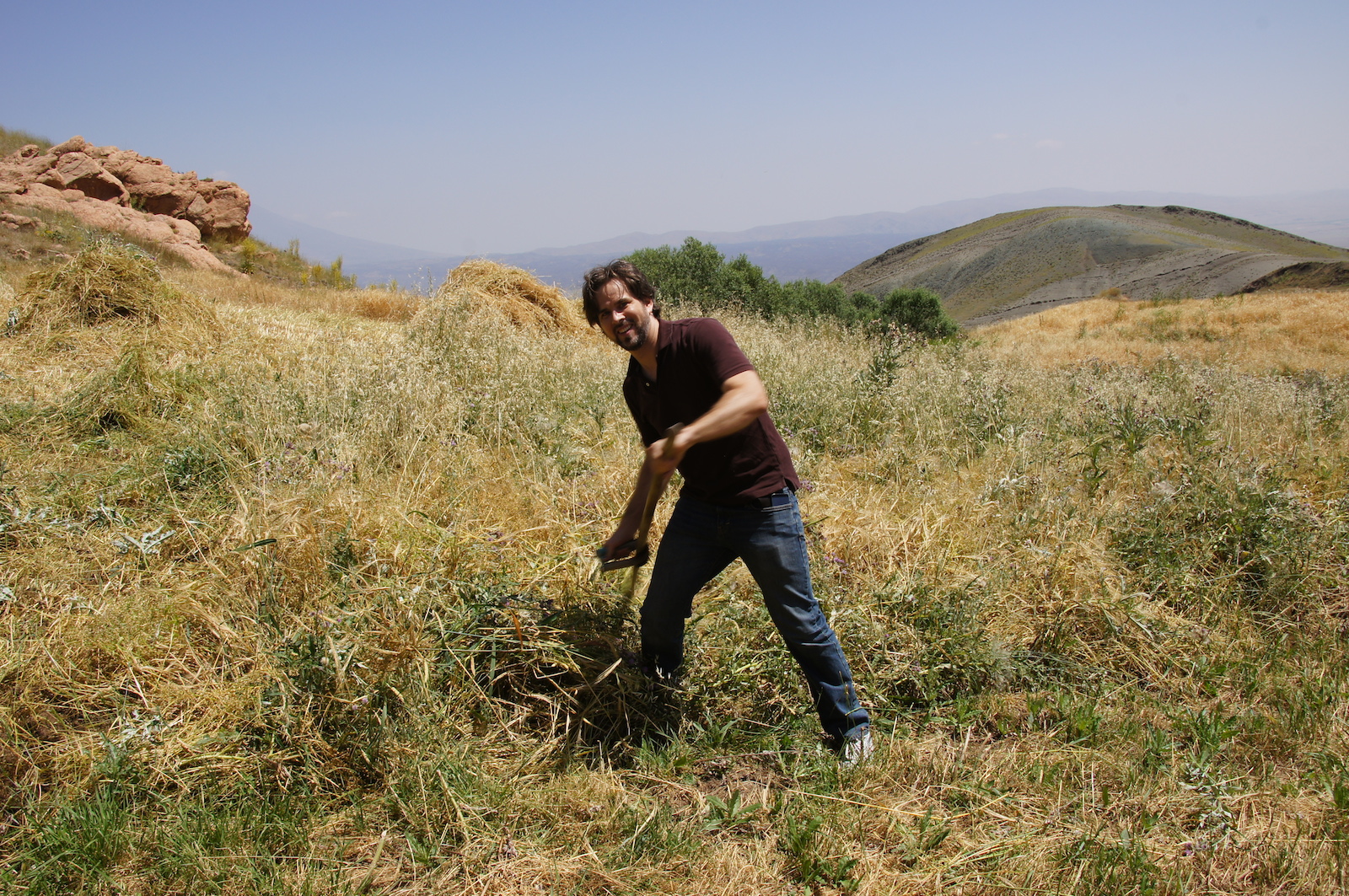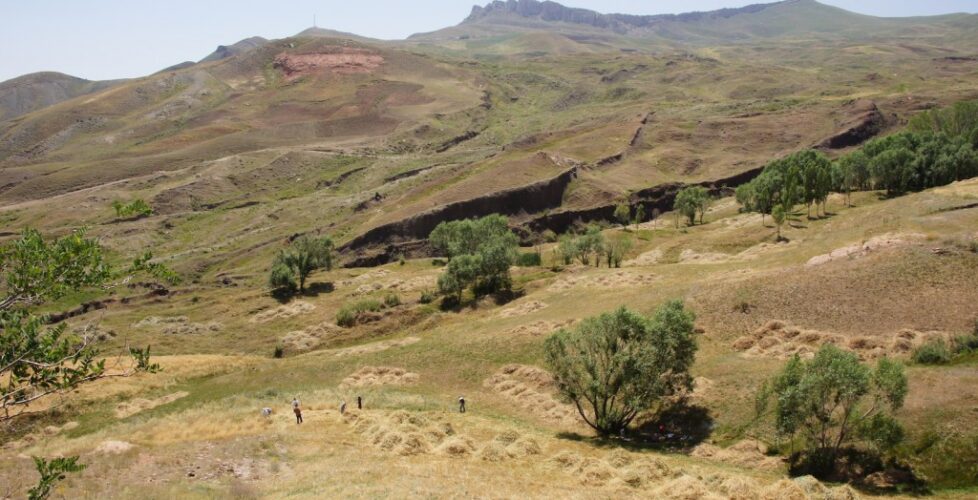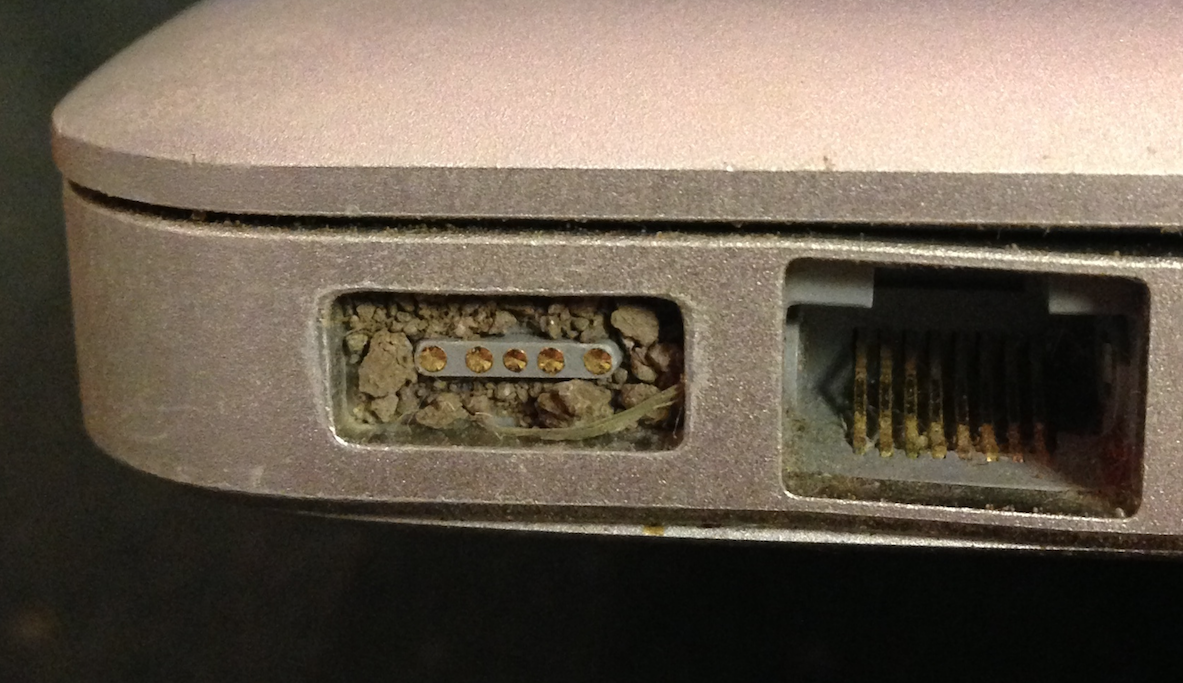An Alleged “Noah’s Ark”
During a rainy period in 1948, an earthquake and its aftershocks caused mudslides around the mountain now known as Ararat. One of these, 17 miles to the south, either uncovered Noah’s Ark or happened to create an island between two mud flows that looked like a ship.
An expedition in 1960 dug three archaeological trenches into the formation in search of wood or artifacts but failed to find anything but clay, dirt, and a few stones. Impatient to see deep inside it, they then turned to the meticulous archaeological technique of blasting holes in with dynamite. But even this failed to yield any artifacts and they concluded that it was a natural formation.
Interest in the site waned until 1977 when Ron Wyatt visited it with a metal detector and got hits, which he claimed were due to the use of metal in the construction of the Ark. Following up on this, David Fasold allegedly mapped out an interior structure. Although he later recanted and admitted that it was just a dirt formation and not a ship, the earlier claim retains many followers.
I went to see it for myself. The taxi ride to the ark passed through quaint little villages:
When I arrived at the “Ark,” I found villagers making hay around the formation:
Although I had baled and stacked a lot of hay growing up in rural Iowa, my first attempts with a scythe elicited laughter. But I kept trying, and it’s fun to laugh and make new friends. Afterward, I was invited to climb the ship, which normally can only be seen from a distant viewing station. (Something about a lack of respect for holy sites and the archaeological use of dynamite.)

It seems like an impressive coincidence that the feature has the general shape of a ship and sits within sight of the mountain now known as Ararat.
As you can see, there are actually two ship shapes overlapping each other. This was convenient because it allowed the researchers to choose between the boats and between different notions of the length of a cubit in order to find a reasonable match between the length of the formation and the dimensions of the Ark mentioned in the Bible.
With regard to the metal detector hits, I made a small accidental observation. Little clods of dirt from the “Ark” had a remarkable affinity for the magnet that is supposed to hold the (MagSafe) power cord against my laptop. They attached firmly and were difficult to pry free due to their high iron content. This was not only true of the “Ark” but also of the surrounding dirt.
A small local museum displays the sum total of the alleged artifacts removed from this “Ark”:
I found none of these “artifacts” even remotely convincing. And my understanding is that even Fasold no longer argues that this is Noah’s Ark.
Finally, our intrepid explorer dismounts the Ark, leaps across a creek, bounds up the other side of the ravine, and then trips on level ground. : )


